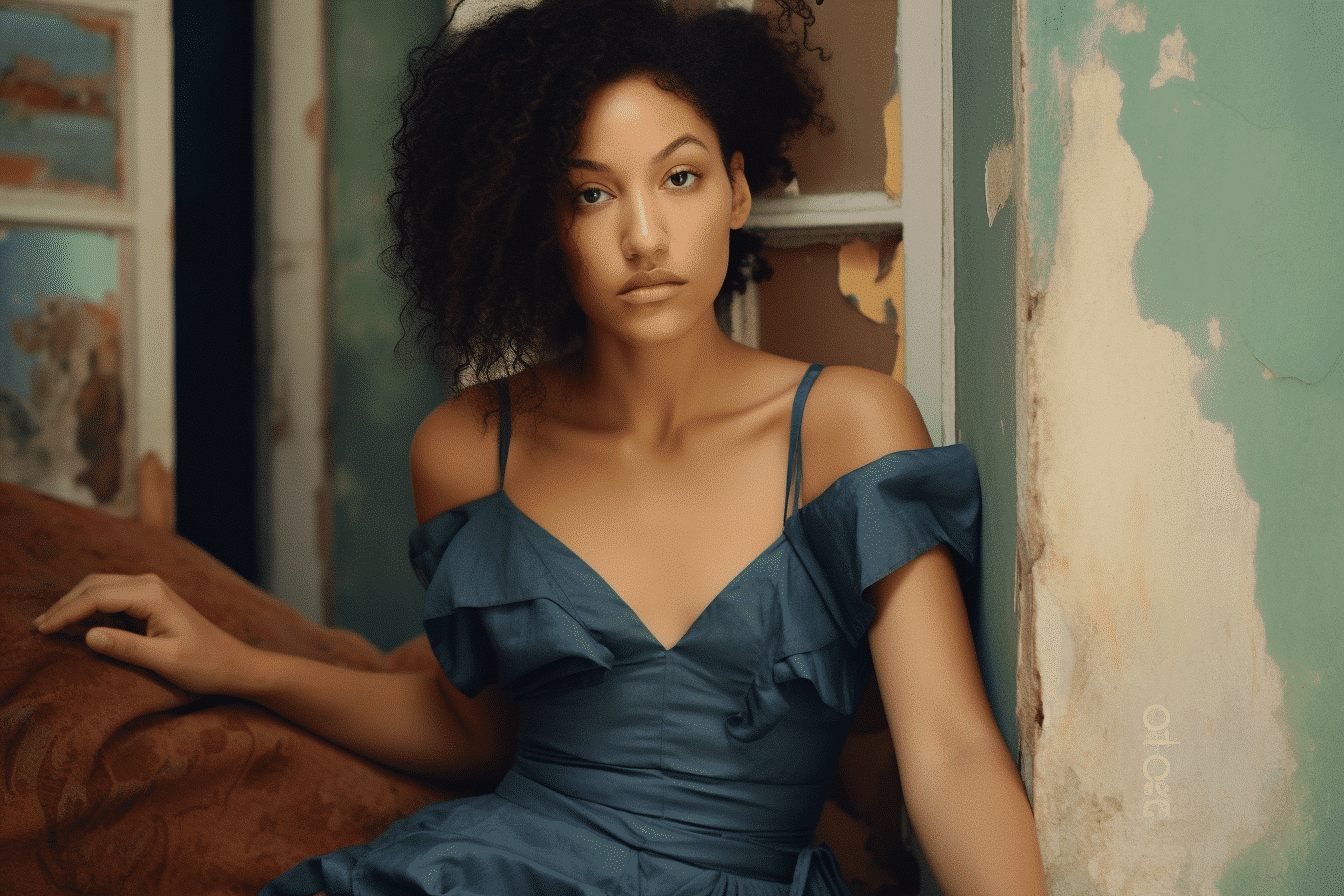When one visualizes iconic pieces like Michelangelo’s “Creation of Adam” or da Vinci’s “The Last Supper,” the prevailing image is dominantly white. This whiteness reflects centuries of European Renaissance traditions that dictated grand tales of human existence.
Yet, Afro-Cuban American painter Harmonia Rosales is shifting this narrative by spotlighting Black subjects. Her art, now showcased at the Spelman College Museum of Fine Art in Atlanta, initially debuted at the University of California’s AD&A Museum.
Spanning 20 oil canvases and a prominent sculptural piece, Rosales invites audiences to experience creation stories from a Black perspective. Her art weaves European techniques, majoring in Christian and Greco-Roman stories, with elements from the Yorùbá faith.
The Yorùbá spiritual system, deeply rooted in Western Africa, acknowledges Olodumare, the prime creator, and orishas, deities overseeing the universe and humanity. This faith faced oppression under white slavers who saw it as subversive.
The irony? Renaissance artworks, despite emerging alongside the beginning of the transatlantic slave trade, mostly excluded Black figures, even as millions of Africans, including Yorùbá devotees, were forcibly transported to the Americas.
Rosales incorporated Black subjects in a style that once marginalized them to highlight this overlooked narrative. “I aim to make it easily relatable before delving deeper,” she remarked. Liz Andrews, the Spelman Museum’s director, praised her approach as reclaiming a suppressed history.
Rosales, of Jamaican descent as well, always felt “in-between” growing up. Her journey, marked by societal pressures on beauty standards, led her to self-education, drawing from art books, museums, and particularly, Renaissance masters. This self-taught path skyrocketed when she shared “The Creation of God” online in 2017.
After an enlightening museum visit with her young daughter, Rosales was driven to create art where her child could see her reflection. Rosales’ pieces predominantly feature majestic, dark-skinned figures, blending European techniques with diverse melanated skin tones to achieve a lifelike effect.
The exhibit draws attention to the religious syncretism that allowed Yorùbá adherents to venerate their gods under the guise of Christian figures secretly. “Master Narrative” includes pieces like “Lady of Regla,” portraying Yemaya, the Yorùbá ocean goddess, depicted similarly to the Virgin Mary.
UCSB’s Professor Helen Morales, while discussing the blend of Yorùbá, Greek, and Roman tales in Rosales’ art, appreciated the artist’s ability to focus on unity and diversity.
The exhibit’s centerpiece? A sculptural rendition of Michelangelo’s renowned Sistine Chapel ceiling creation, attesting to Rosales’ audacity in redefining historical narratives.
In an era where representation matters more than ever, Harmonia Rosales’ audacious approach to art serves as a beacon of hope and a testament to the diversity of human narratives. By intertwining and reclaiming stories through the rich tapestry of Black and Yorùbá traditions, she calls for a broader understanding of our shared history. Her works prompt us to reflect on the stories we’ve been told and to be open to the tales yet to be sung.
